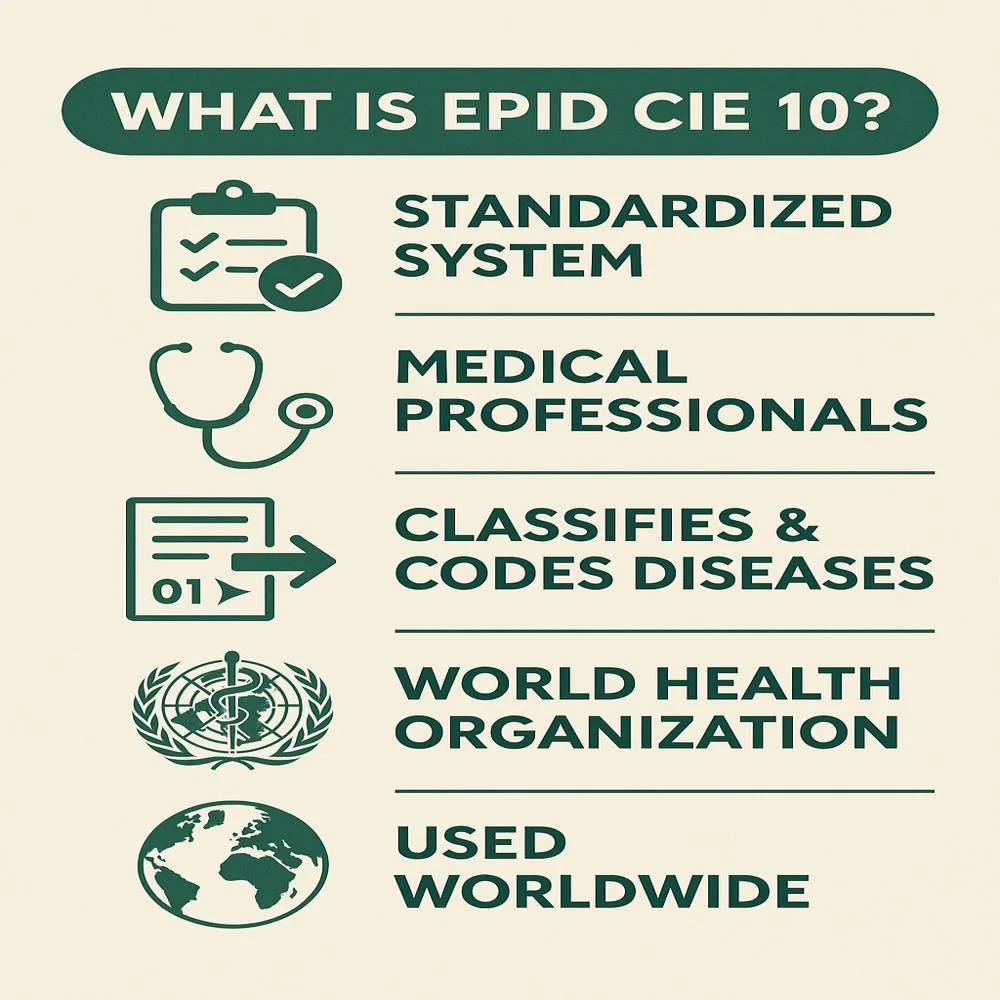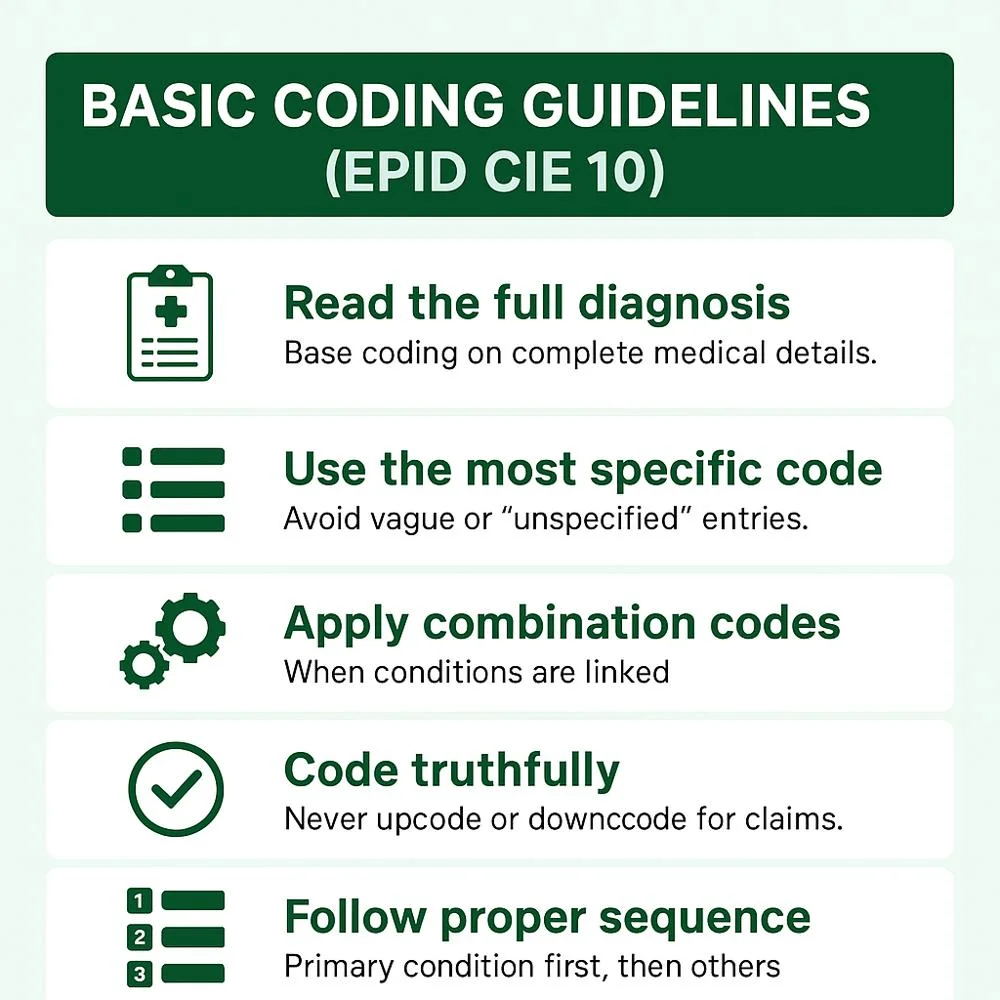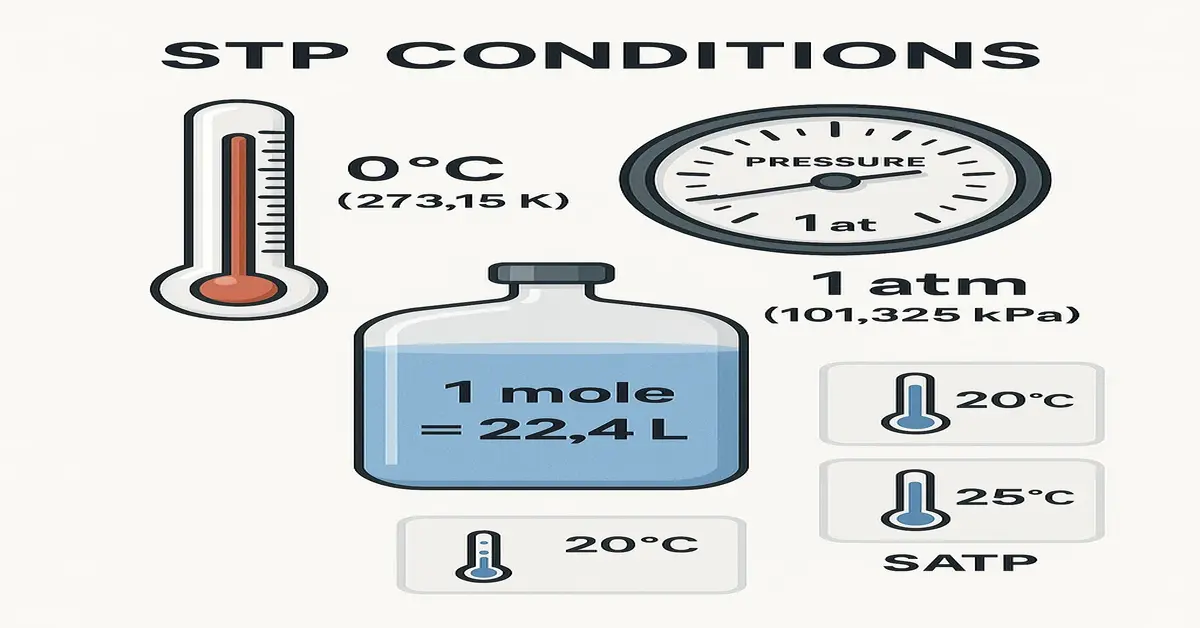Medical coding is a key part of healthcare that helps professionals record patient information clearly and correctly. One of the common tools used in this field is EPID CIE 10, which stands for the International Classification of Diseases, Tenth Edition. It helps track diseases, symptoms and health conditions. To make the most of EPID CIE 10, it is important to follow certain coding guidelines and best practices.
What Is EPID CIE 10?

EPID CIE 10 is a standardized system used by doctors, nurses and health coders to classify and code all kinds of diseases and health-related conditions. It was created by the World Health Organization (WHO) and is used in many countries to support global health statistics, insurance claims and clinical research. “EPID” is commonly linked to epidemiology, which focuses on how diseases develop and spread and how to manage them in populations.
How EPID CIE 10 Supports Public Health?
EPID CIE 10 plays a key role in identifying health problems early. When medical staff use consistent codes, it becomes easier to gather and analyze patient data. Public health agencies rely on this information to spot patterns in diseases. It helps them understand which health issues are becoming more common and where they are spreading. Accurate coding also helps in health planning. Authorities can make better decisions about where to improve services or provide extra support based on actual case numbers.
Why Are Coding Guidelines Important?
Using coding systems like EPID CIE 10 properly ensures accurate health records, avoids claim rejections and helps in research and policy planning. Wrong or incomplete codes can result in delays in treatment, insurance issues, or miscommunication between professionals. That’s why following official coding rules is a must.
Basic Coding Guidelines for This System
Here are some easy-to-follow guidelines every coder or medical professional should keep in mind:

- Always read the full diagnosis: before assigning a code. Do not guess or use partial information.
- Use the most specific code: available instead of general or unspecified ones.
- Check for combination codes: when a patient has multiple related conditions.
- Do not upcode or downcode: Only use codes that reflect the actual condition.
- Follow sequencing rules: The primary diagnosis should be listed first, followed by secondary or additional conditions.
Refer to the latest version of the codebook. Updates happen often and must be followed for accuracy.
Best Practices for Coding with EPID CIE 10
To improve the quality and consistency of medical coding using EPID CIE 10, follow these best practices:
- Stay trained and updated: Attend workshops or read official updates released by your local health authorities or the WHO.
- Use digital tools and software: Many apps and coding software now come with built-in EPID CIE 10 guidelines, which reduce manual errors.
- Double-check your codes: Always verify the assigned code before submission or entry.
- Work with healthcare professionals: Ask the treating doctor for clarification if the diagnosis is not clear.
- Keep records tidy: Good documentation supports your codes. Write clear notes and keep supporting documents organized.
- Respect patient privacy: While coding, never share patient names or sensitive info outside the system.
Benefits of Using EPID CIE 10 Accurately
Accurate coding has many real-life benefits. It supports doctors in giving better care by showing clear patient histories. It also speeds up billing. When codes match the patient’s treatment, claims get approved more easily. Public health teams can monitor outbreaks quickly. Well-coded records allow faster responses to health threats.
Tools to Help with EPID CIE 10 Coding
EPID CIE 10 coding can be made easier with the help of digital tools. Many websites and apps let you enter a diagnosis or condition to find the correct code quickly. These tools help reduce common mistakes and speed up the process. Some offer suggestions based on the terms you type, which can be useful when you’re unsure of the exact match. Even with these tools, it’s important not to rely on them completely. Always double check the code with an official reference or printed guide to make sure it’s correct.
Common Mistakes to Avoid
Some frequent errors happen during medical coding. Here’s what you should avoid:
- Using outdated codes from earlier editions like ICD-9.
- Picking codes that are “unspecified” when more accurate ones are available.
- Ignoring comorbidities (other ongoing conditions) that affect the main diagnosis.
- Misinterpreting the physician’s notes due to unclear handwriting or abbreviations.
Future of EPID CIE Coding
ICD-11 is the next global standard after ICD-10. It will bring more detailed coding and better digital support. Though ICD-11 is growing, many places still use EPID CIE 10. Knowing it is still valuable for today’s healthcare work. Medical coders should keep learning. New updates, tools and training will help them stay ahead as standards evolve.
Final Thoughts
Correctly using EPID CIE 10 codes doesn’t just help the healthcare system it also ensures that patients get the care and coverage they need. Whether you’re new to coding or have years of experience, it’s important to follow the right steps, avoid short cuts and keep learning. As you gain experience and stay detail-oriented, working with EPID CIE 10 codes becomes easier and more natural over time.



